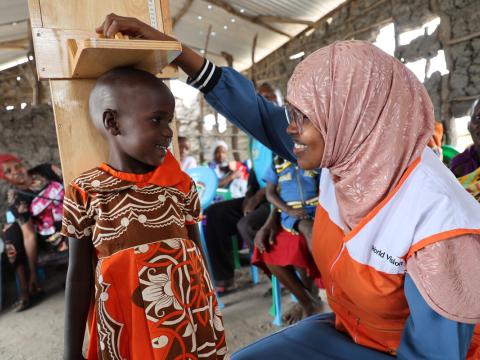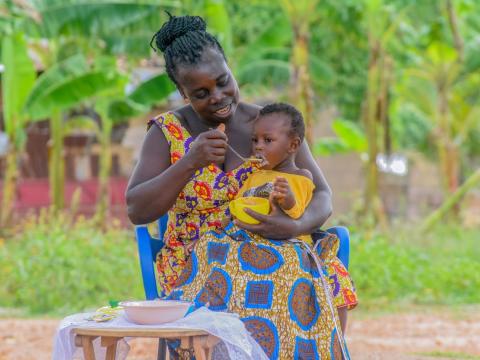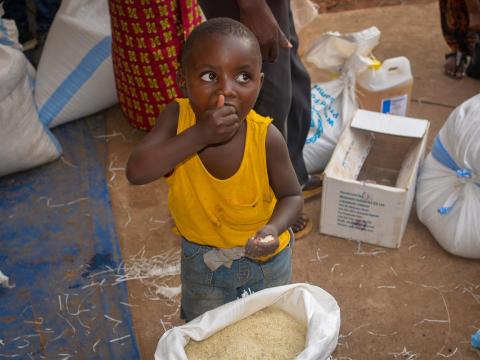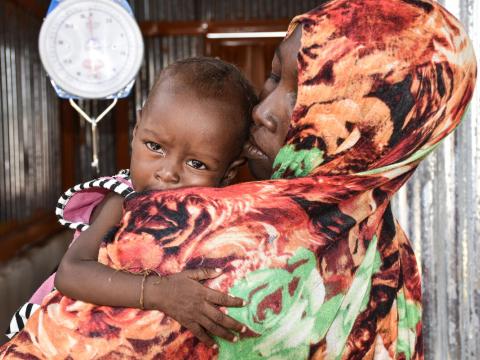
World Vision calls on IDA21 to Prioritize Nutrition Financing
As IDA21 deputies prepare to gather in Kathmandu, Nepal for the third meeting to discuss IDA (International Development Assistance) financing for low-income countries, World Vision’s Elizabeth Margolis calls on the World Bank to increase funding for nutrition so that children can reach their full potential.
Last week, I attended the World Health Assembly alongside a child advocate from Zambia named Zewelanji. She shared with me how other adolescent girls in her community cannot access nutrition or health services – there are no health facilities or doctors, and few community health workers. Nutritious foods are not widely available or are expensive, due to climate change and increasing floods, locusts, and subsequently poor harvests.
It is a tragedy that children, and especially adolescent girls in communities like Zewelanji’s, cannot access nutrition or health services that they need to flourish with dignity and agency.
One of the main reasons for such limited access to nutrition services is a lack of financing. In this century, development financing for nutrition has never surpassed 1% of all Overseas Development Assistance (ODA).[i] You read that right – less than 0.5% of all development funding goes to nutrition specific programs. Given the importance of proper nutrition to well-being; children deserve better.
Without good nutrition in their first five years of life, children will never be able to thrive and reach their potential. School-aged children, adolescents and people of all ages need good nutrition too. Everyone has the right to good nutrition and they must be able to access it today.
What is needed is more financing for nutrition – a lot more! Nutrition must be prioritized within health systems and budgets, to ensure access to essential services for people of all ages. World Vision has been advocating for this for many years, and most recently at the World Health Assembly. But without financing, hopes to provide nutrition services remain dismal.
The World Bank’s International Development Association (IDA) is the best opportunity we have today to increase global commitments for nutrition. As the IDA deputies gather this month in Nepal, they must prioritize financing for nutrition. The IDA deputies and the World Bank should also commit to increase IDA funding levels and improve the pace of disbursements towards food and nutrition security.
Less than two months ago, the World Bank announced a new plan to extend affordable health services to 1.5 billion people.[ii] The question remains, how much of this financing will go to nutrition? Without investing in nutrition, health services will continue responding to malnutrition rather than preventing it.
Ahead of the Third IDA Replenishment meeting 18-21 June, World Vision calls on the World Bank and the IDA deputies to prioritize financing specifically for nutrition and food security, within their commitment to increase coverage of health services, and to ensure a stronger and more intentional focus on broader child well-being in the IDA21 replenishment. Children like Zewelanji cannot afford to wait any longer for their right to good nutrition.
Here are World Vision's Priorities for IDA21: Making IDA21 Work for Children
Liz Margolis is a Health and Nutrition External Engagement Coordinator for World Vision International.


